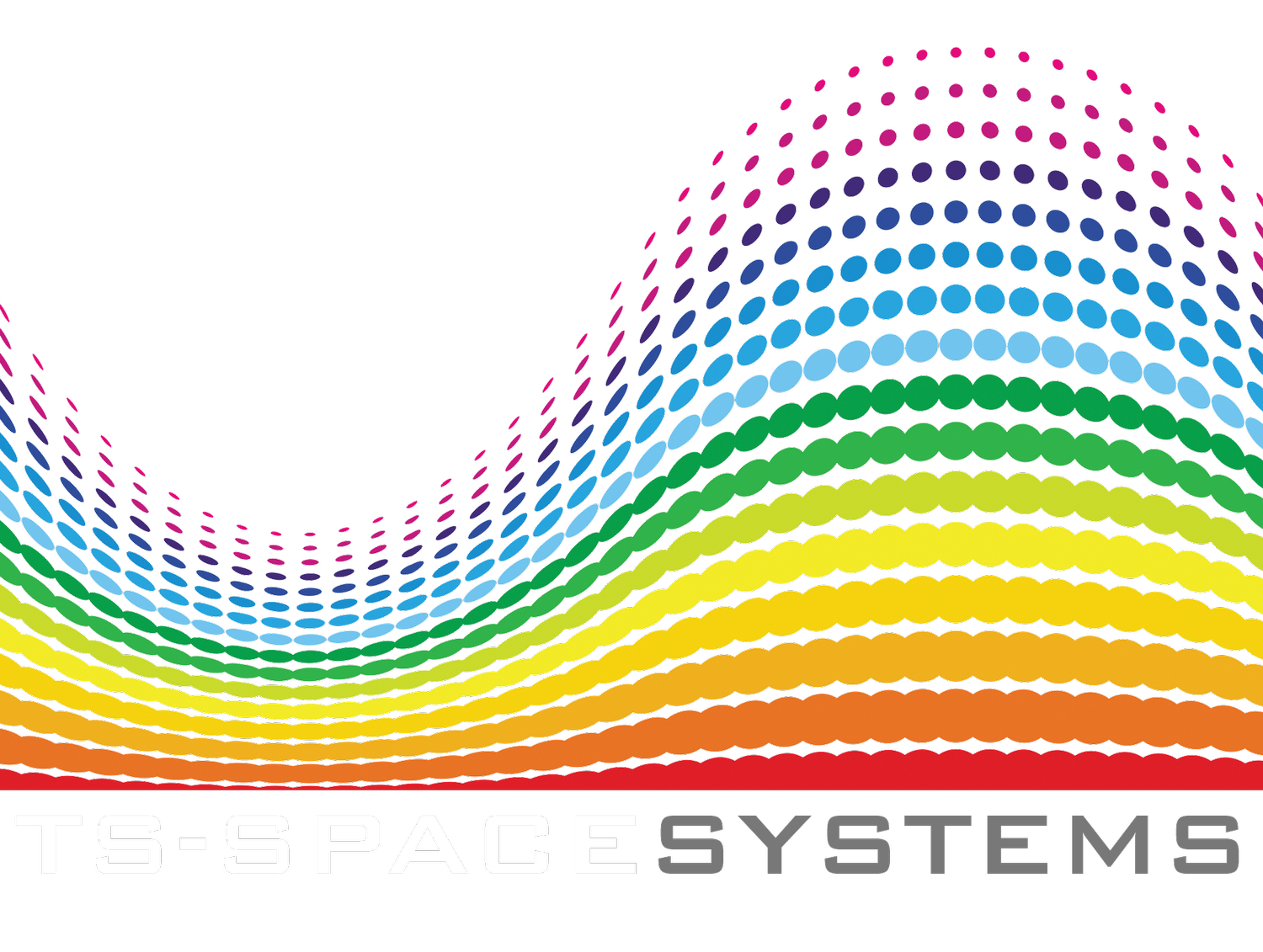News
Christmas Closing and Plans for 2025
This year has been incredibly busy and we would like to thank all of our customers for their patience during our August shutdown wile we moved to our new premises. Although our outgassing VuV and (some) TVAC chambers are up and running, we are still working through getting unpacked and the rest of our equipment back online.
We have moved!
We are settling in to our new facility and have our TVAC#2 chamber up and running, ready for test work starting next week. TVAC#3 completed final vacuum checks just before we moved and will be next to be hooked up in the coming weeks and we have plans for a solar simulator upgrade to TVAC#1.
Advanced Notice: August Shutdown
As mentioned in the previous news post we are moving premises this year. With our new facility nearing completion we will be decommissioning our chambers and other equipment prior to moving at the end of August.
We Are Moving!
We will soon be starting the move to our new premises and by the end of the year we will be fully operational at the new site. We are planning a staged move in order to minimise disruption to testing and we are very excited to share details and photos of our new setup as soon as possible.
Christmas closing and plans for 2024
A big thank you to all of our customers in 2023. Please note we will be closed from the 22nd December 2023 to 2nd January 2024.
Multi-Junction Cell Investigation Technique
With the advent of cells with more than four junctions, the basic design of the TS-Space Systems Unisim range reached its sensible limit. To provide for five and more junctions, the N-zone solar simulator was introduced. This is very sophisticated, and can be used to analyse cells with up to twelve junctions with-out the adjustment of any one junction affecting the other.
The Advantages of a Close Match Spectrum
The term 'close-match' to describe a solar simulator that attempted to move beyond a single-source design and accurately reproduce the solar reference spectrum was first used in 1997 by Dr Williams from 'TS-Space Systems LTD' when the results from the first ever close-match solar simulator were presented.
What is a Solar Simulator Zone?
At TS-Space Systems, when we made the worlds first multi-source close match solar simulator back in 1997 [2], we also made the world's first multi zone solar simulator by definition. What is a "zone" when it comes to solar simulators? It's a good question and one we get asked quite a lot of the time.
